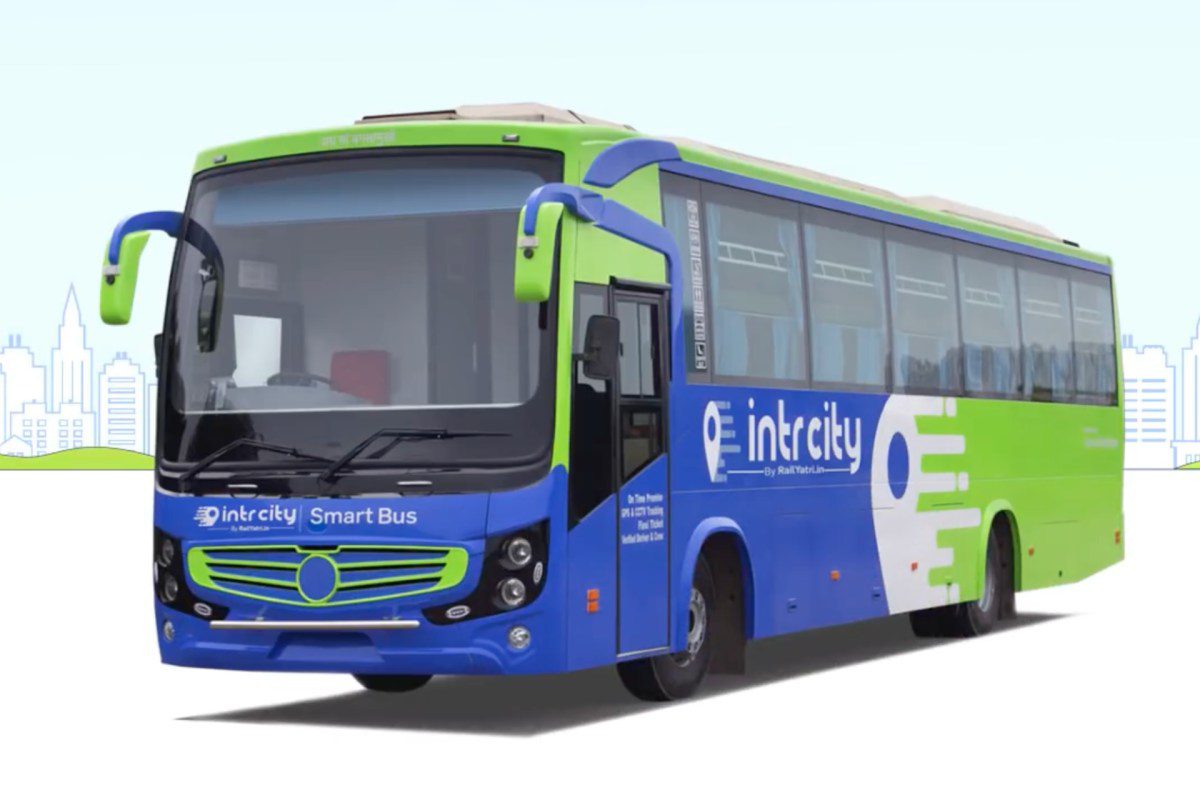
apple could solve my biggest problem with Apple is reportedly on the verge of addressing a significant issue with the iPad mini, a device that has long occupied a peculiar niche within the iPad lineup.
apple could solve my biggest problem with
The iPad Mini’s Evolution
The iPad mini has had a tumultuous journey since its inception. Initially launched in 2012, the device was praised for its compact size and portability, making it an appealing choice for users seeking a lightweight tablet. However, as the years progressed, the iPad mini struggled to maintain its relevance amidst the rapid evolution of technology and shifting consumer preferences.
One of the primary challenges facing the iPad mini has been its form factor. While its smaller size is often touted as an advantage, it has also led to difficulties in positioning the device within Apple’s broader tablet ecosystem. The iPad mini’s price point, which has often been close to that of the standard iPad, further complicates its appeal. Consumers have frequently found it hard to justify the purchase of a device that offers limited advantages over its larger counterparts.
Design Overhaul in 2021
In 2021, Apple took significant steps to revitalize the iPad mini with a complete redesign. The introduction of an 8.3-inch Liquid Retina display marked a turning point for the device. This larger screen not only enhanced the visual experience but also aligned the iPad mini more closely with modern design standards. The updated design featured thinner bezels and a more contemporary aesthetic, making it visually appealing and more competitive with other tablets on the market.
Moreover, the 2021 redesign brought the iPad mini in line with the design language of other Apple products, such as the iPad Air and iPhone models. This cohesive design approach has helped to reinforce Apple’s brand identity while also making the iPad mini a more attractive option for consumers.
Current Challenges Facing the iPad Mini
Despite the positive changes brought about by the 2021 redesign, the iPad mini still faces several challenges that have hindered its growth and adoption. One of the most pressing issues is its performance capabilities. While the device is equipped with Apple’s A15 Bionic chip, which offers impressive processing power, it often lags behind the more advanced features available in the larger iPad models.
Additionally, the iPad mini’s accessory ecosystem has not developed as robustly as that of its larger counterparts. While the device supports the Apple Pencil and Smart Keyboard, the limited range of accessories available has made it less appealing for users who rely on their tablets for productivity tasks.
Market Position and Consumer Perception
The iPad mini’s market position has also been affected by consumer perception. Many potential buyers view the device as a “tweener” product—too small to serve as a primary tablet and too expensive to be considered a secondary device. This perception has led to a lack of enthusiasm among consumers, resulting in lower sales figures compared to other iPad models.
Furthermore, the rise of competing tablets, particularly in the Android and Windows markets, has intensified the pressure on Apple to innovate and differentiate the iPad mini. Brands like Samsung and Microsoft have introduced compelling alternatives that offer unique features and competitive pricing, making it increasingly challenging for the iPad mini to carve out its niche.
Potential Solutions on the Horizon
As Apple prepares to launch the next iteration of the iPad mini, there are indications that the company is keenly aware of the device’s shortcomings and is actively working to address them. Reports suggest that Apple may introduce several enhancements aimed at improving the iPad mini’s functionality and appeal.
Performance Upgrades
One of the most anticipated changes is a potential upgrade to the iPad mini’s processing capabilities. Speculation suggests that the upcoming model could feature Apple’s latest A17 chip, which would significantly enhance performance and efficiency. Such an upgrade would not only improve the device’s speed but also enable it to support more demanding applications, making it a more viable option for professionals and creatives alike.
In addition to processing power, improvements in RAM could also be on the table. Increasing the RAM would allow for better multitasking capabilities, enabling users to run multiple applications simultaneously without experiencing slowdowns. This enhancement would be particularly beneficial for users who rely on their iPad mini for productivity tasks, such as document editing and graphic design.
Accessory Ecosystem Expansion
Another area where Apple could make significant strides is in expanding the accessory ecosystem for the iPad mini. The introduction of new accessories, such as a dedicated keyboard or enhanced stylus options, could greatly enhance the device’s functionality and appeal. By providing users with more tools to maximize their productivity, Apple could position the iPad mini as a more versatile option for a wider range of consumers.
Furthermore, the potential integration of features such as improved Apple Pencil support could also enhance the device’s appeal to artists and designers. Enhanced pressure sensitivity and tilt recognition would make the iPad mini a more attractive option for creative professionals who require precision and responsiveness in their tools.
Stakeholder Reactions and Market Implications
The potential changes to the iPad mini have generated considerable interest among stakeholders, including consumers, industry analysts, and tech enthusiasts. Many are optimistic that Apple will successfully address the device’s shortcomings and reinvigorate its position in the market.
Consumers have expressed a mix of excitement and skepticism regarding the future of the iPad mini. While many appreciate the device’s portability and design, they are also cautious about its performance and utility compared to larger models. The prospect of significant upgrades could sway potential buyers who have been on the fence about investing in the iPad mini.
Industry analysts have also weighed in on the implications of these potential changes. A successful relaunch of the iPad mini could help Apple capture a larger share of the tablet market, particularly among users seeking a compact yet powerful device. Additionally, it could set the stage for increased competition among tablet manufacturers, prompting other companies to innovate and enhance their offerings.
Conclusion: A New Era for the iPad Mini
As Apple gears up for the next iteration of the iPad mini, the stakes are high. The company has an opportunity to redefine the device and address the concerns that have plagued it for years. By focusing on performance upgrades, expanding the accessory ecosystem, and enhancing overall functionality, Apple could transform the iPad mini from an awkward outlier into a compelling option for a diverse range of users.
Ultimately, the success of the iPad mini’s next chapter will depend on Apple’s ability to listen to consumer feedback and adapt to the evolving landscape of technology. If executed effectively, the upcoming changes could not only solve the iPad mini’s biggest problems but also solidify its place within the iPad family for years to come.
Source: Original report
Was this helpful?
Last Modified: October 30, 2025 at 9:40 am
2 views















